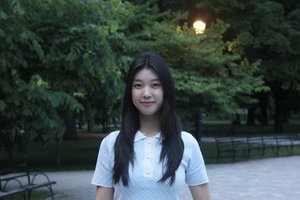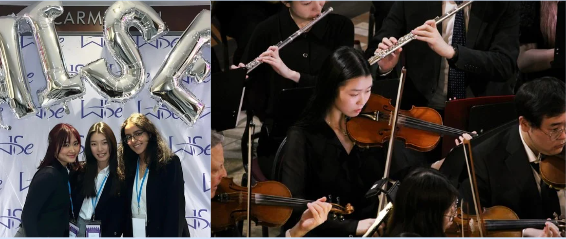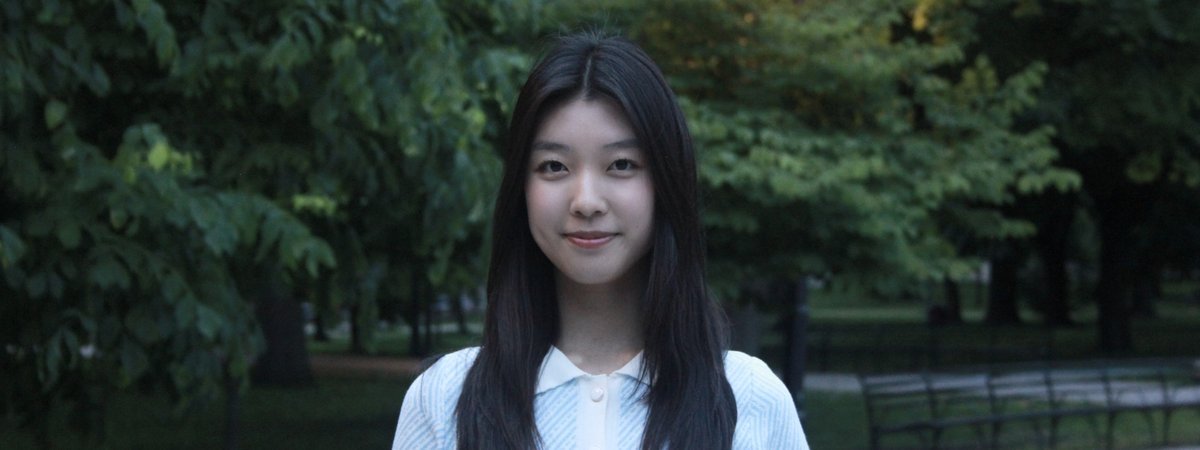Program: Physics and Philosophy Specialist
Year of Study: 4

Why did you decide to major in Physics? What was your inspiration?
I decided to study physics when I was selecting majors for university. After taking all the AP physics courses, I was captivated by the intricate reasoning in physics that explains and unifies natural phenomena across macroscopic and microscopic scales. I had an exceptional high school physics teacher who inspired me to pursue my curiosity for the subject.
What do you enjoy most about the physics program?
I enjoy the research aspect of the program which progresses from having a lab partner in PHY224 and PHY324 to eventually doing supervised research with a professor in a particular field in PHY47x courses. These experiences have given me valuable insight into life as a full-time researcher in graduate school and beyond.
What other extra-curricular activities are you involved in during your degree?
I am involved in Women In Science and Engineering and the Hart House Orchestra as a violinist. This year, I am serving as the co-president of WISE, continuing our efforts to promote female representation in STEM.

What are your research interests?
My current research interest is in direct detection of rare events, particularly low-energy WIMP candidates for dark matter. I am involved in the SuperCDMS experiment, which employs ultra-pure silicon and germanium detectors equipped with Transition Edge Sensors (TES) to achieve high sensitivity and low noise performance at temperatures below 50 milli-Kelvin. This setup requires cryogenic systems and shielding from cosmic and radiogenic backgrounds, provided by the SNOLAB facility, located 2 km underground in Sudbury, Ontario. Last summer, I worked with Prof. Hong on detector R&D for the phonon channel readout of the detectors. When a potential dark matter candidate hits the detector, it produces a nuclear recoil that generates both ionization and thermal phonons through crystal lattice vibrations. The temperature change alters the superconducting TES resistance, producing a measurable signal. I tested the feedback loop for the Superconducting QUantum Interference Device (SQUID), functioning as the first stage of low-noise amplification for the TES signal. The primary task was to replace an outdated mechanical readout system with a modern PCB board. Recently, we tested the board in the local cryogenic lab at UofT and will be analyzing noise data from it to understand the electronics further. As the latest Cosmic Microwave Background data taken with the Planck satellite shows that 4.9% of the universe is baryonic matter, the potential of physics beyond the Standard Model is more exciting now than ever.
What is your favourite course and why?
PHY358, Quantum Materials. Professor Kee is one of the few female professors I’ve had at UofT, and her lectures were a rigorous extension of introductory quantum mechanics into crystal structure and perturbation theory, which I found quite satisfying.

What are your future plans?
I am looking to obtain a PhD in experimental particle physics, hopefully somewhere in Europe.
Where do you see yourself in 10 years?
Ten years from now, I see myself living with three cats and pursuing work that is both intellectually rewarding and ethically fulfilling.
Tell me something interesting about yourself.
I love visiting art museums. My recent favorite is MoMA in New York City.

